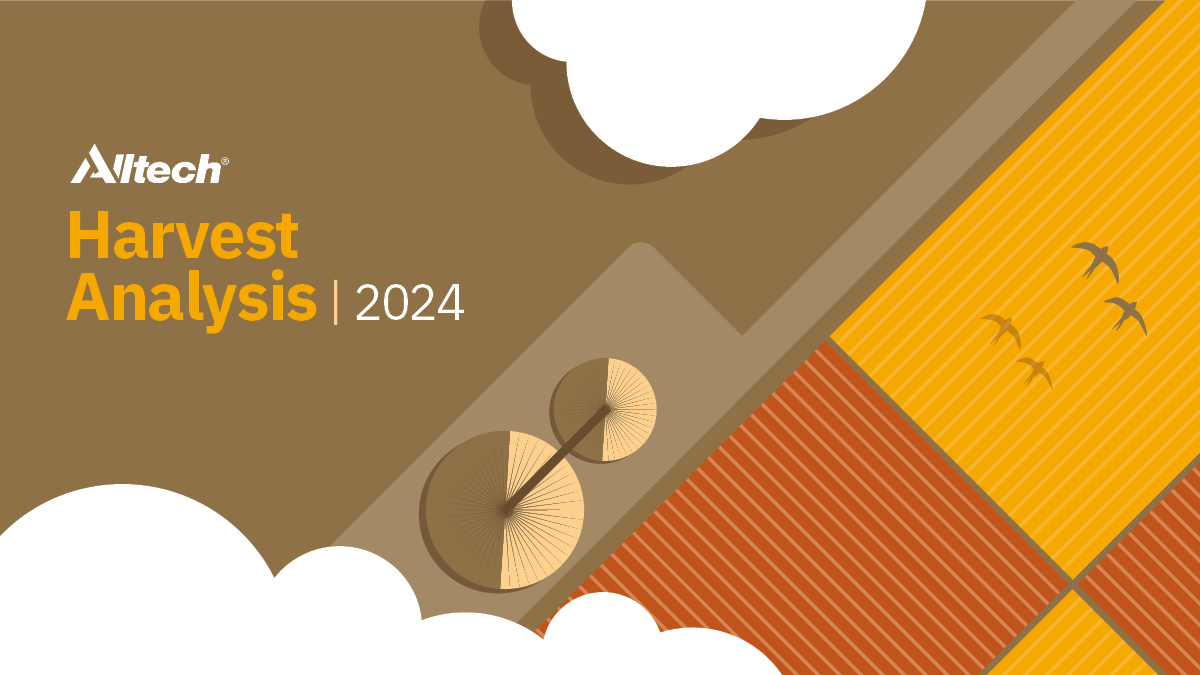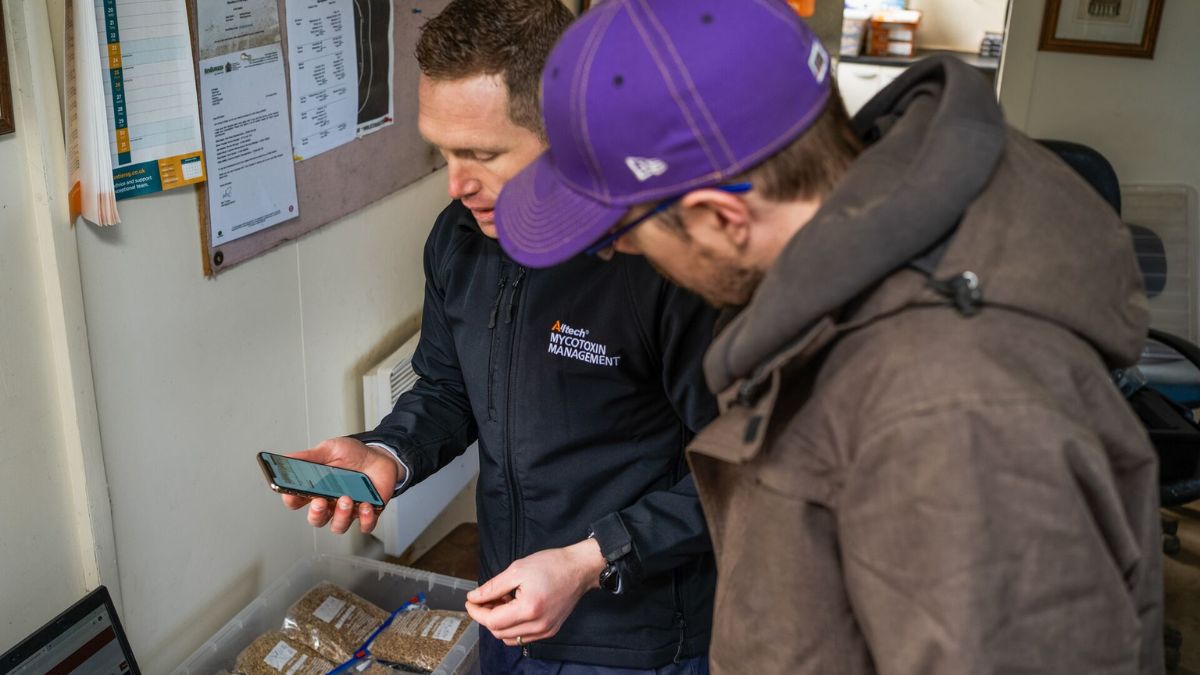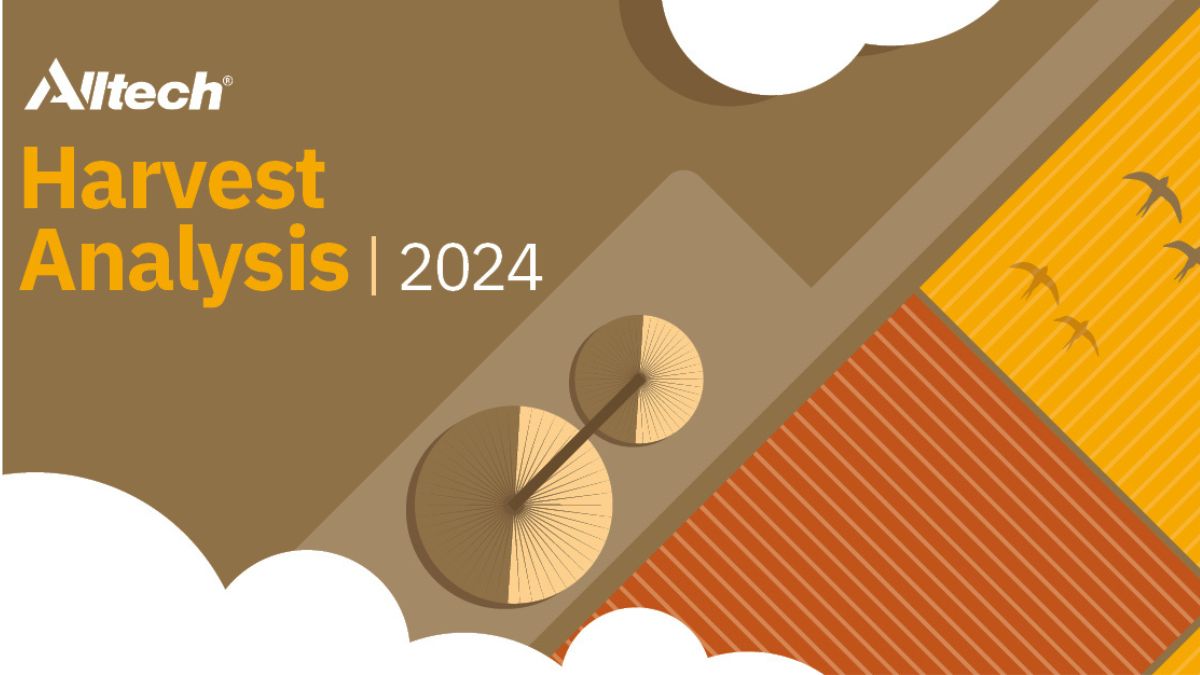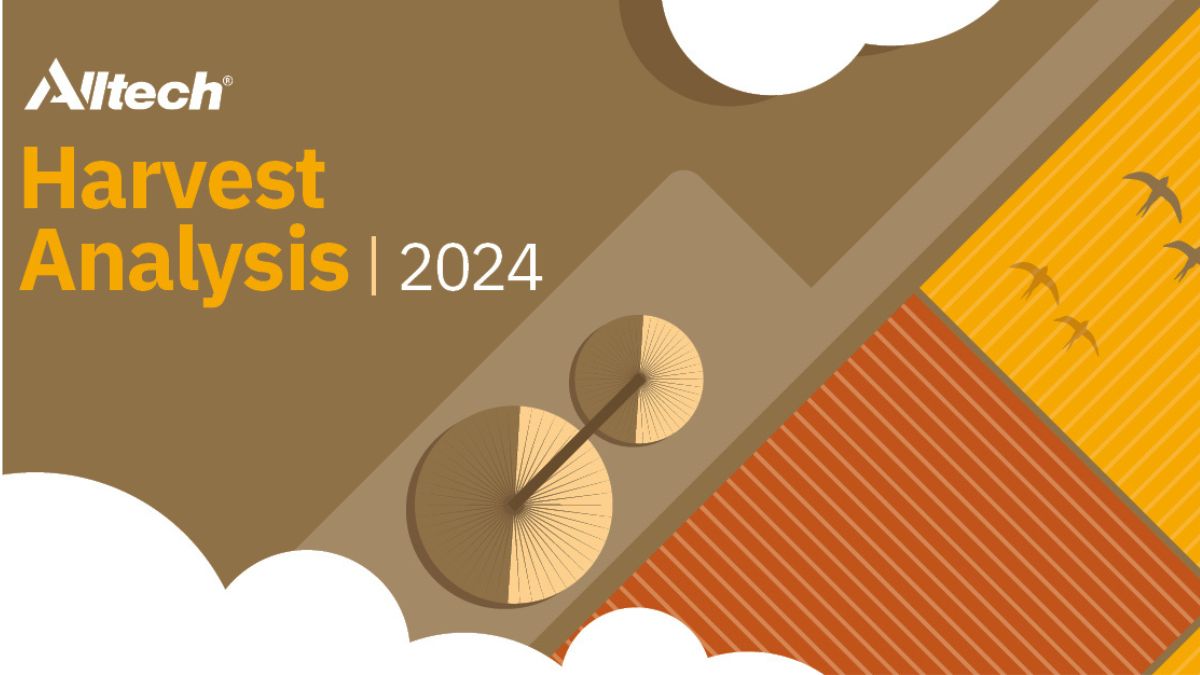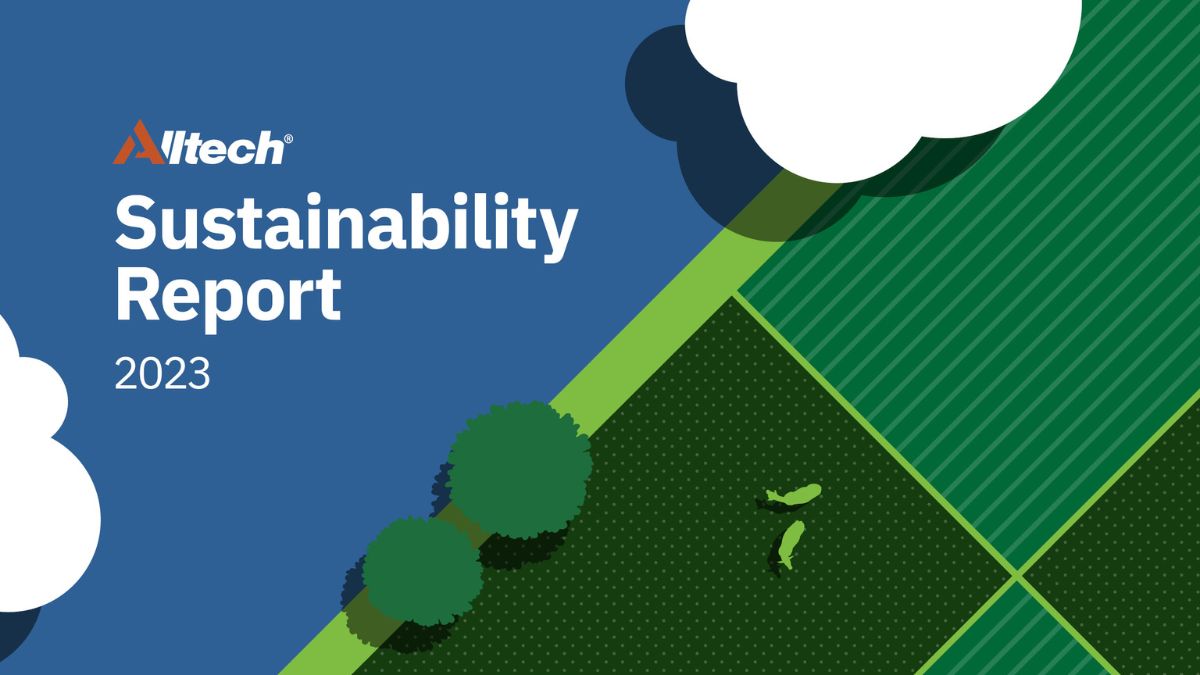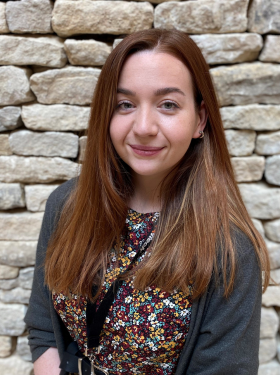Safeguard feed quality with mycotoxin analysis
Mycotoxin contamination can severely impact grain storage, dry matter and total mixed ration (TMR) quality, posing significant risks to livestock and humans consuming impacted products. To mitigate these risks, effective mycotoxin analysis and testing strategies are essential, ensuring safe, high-quality feed and efficient, profitable production.
Understanding mycotoxins in grain storage
Grain silos play a crucial role in protecting harvested grains, but improper storage can encourage mold growth, leading to harmful mycotoxins. High concentrations of aflatoxin B1, deoxynivalenol (DON) and fumonisins are particularly concerning in stored grains such as corn, wheat and barley. These toxins, especially in high concentrations, can compromise milk production in dairy cows and reduce the quality of TMR diets.
Regular mycotoxin detection using advanced testing methods like LC-MS/MS (liquid chromatography-tandem mass spectrometry) provides precise insights into contamination levels, ensuring grain safety.
Best practices for reducing mycotoxin risks in storage
- Cleaning and fumigation: Clean silos before storage to eliminate fungal spores.
- Moisture control: Keep moisture below 14% to prevent mold proliferation.
- Temperature regulation: Maintain cool, stable temperatures in storage facilities
- Aeration and ventilation: Ensure proper airflow in grain silos to reduce humidity.
- Regular mycotoxin testing: Use high-quality test kits and routine analysis to detect contamination early.
Insights from the Alltech 2024 Harvest Analysis across the regions
The 2024 growing season brought unique challenges and opportunities across key agricultural regions, with fluctuating weather patterns and varying crop conditions.
Europe
The latest Alltech European Harvest Analysis revealed key mycotoxin risks affecting grain and forage storage across Europe:
- Central and Southeastern Europe showed high contamination levels of aflatoxin B1 in corn, with some samples exceeding 500 ppb.
- Type B trichothecenes were seen in barley and wheat, with barley exhibiting the highest risk. DON was a major concern.
- In forages, corn silage showed increased risk from Penicillium mycotoxins and trichothecenes.
- Multi-mycotoxin presence was a concern. An average of six different mycotoxins were detected per sample, emphasizing the need for comprehensive testing.
United States
The United States saw regional weather variability, with significant weather changes affecting crop health and mycotoxin levels in 2024:
- All samples contained two or more mycotoxins, up from 97% last year.
- Fusarium molds increased due to heavy rainfall in the upper Midwest.
- Type B trichothecenes averaged 1,836 ppb, with a maximum of 43,717 ppb.
- Zearalenone averaged 102 ppb and peaked at 2,134 ppb.
- Emerging mycotoxins averaged 100 ppb and peaked at 4,300 ppb.
Canada
Similarly to the United States, Canada also experienced significant weather variability across the provinces. Some of the key insights from 2024 include:
- 2024 saw an increase in mycotoxin levels compared to 2023.
- In corn silage:
- Zearalenone was detected in almost all samples, peaking at 1,369 ppb.
- DON continues to be a risk, particularly in Eastern Canada
- In British Columbia, Fusarium mycotoxins were detected, including T2-HT2 toxins, deoxynivalenol, zearalenone and emerging mycotoxins.
- Barley in prairies showed a higher prevalence and higher concentrations of mycotoxins than wheat, posing added challenges for farmers.
These global findings reinforce the importance of proactive risk management strategies to safeguard livestock health and feed quality.
Species considerations
- For dairy farmers, the elevated levels of aflatoxins in corn in Central and Southeastern Europe are a primary concern, as they affect lactating cows. Type B trichothecenes can also significantly impact a dairy operation’s efficiency and profitability.
- Pigs are one of the most susceptible species to mycotoxin contamination, so the ongoing presence of Fusarium toxins such as DON and zearalenone will present management challenges.
- In poultry farming, mycotoxins in feed are contributing to a decline in average daily gain and egg quality.
Advanced mycotoxin detection methods
With the increasing prevalence of multi-mycotoxin contamination, adopting advanced analytical methods is crucial. Alltech® RAPIREAD™ and Alltech 37+® services are available to provide comprehensive testing solutions. LC-MS/MS testing enables accurate detection of multiple mycotoxins, providing precise data for feed safety management. Rapid test kits also allow for quick on-site screening, helping producers take immediate corrective action.
Ensuring feed safety
Mycotoxin contamination affects livestock performance, feed quality and farm profitability. High concentrations in diets reduce nutritional value, weaken immune systems, and decrease productivity.
By integrating comprehensive mycotoxin testing protocols, proper storage techniques, and effective feed management, producers can safeguard feed quality.
Protect yourself against mycotoxin risk
Sign up to download the full report here: https://www.alltech.com/harvest-analysis. You’ll also gain access to other resources, including:
- A video interview with insights from Alltech experts
- Downloadable articles covering various facets of this important topic
- Meta-analyses summarizing findings of multiple studies
Supporting materials are also available at 2024 Harvest Analysis Resources and knowmycotoxins.com.
These essential tools will empower you to make the most effective mycotoxin control decisions during the upcoming feeding season.
About the authors:

Evie Johns is the digital content specialist within the Technology Group at Alltech. She is responsible for planning and delivering high-quality content for all technologies and services alongside the Technology Group marketing leads and wider Alltech creative team. Evie holds a master's degree in psychiatry and has a background in the finance and agriculture sectors. She is based in Stamford, U.K.

Chloe Chisholm is the content manager for the Technology Group at Alltech. In this role, she is responsible for planning and delivering compelling content for all technologies and services in collaboration with the Technology Group marketing leads and wider Alltech creative team. Chloe has been with Alltech since 2022, previously supporting the Mycotoxin Management team as a digital marketing specialist. Chloe holds a degree in English language and literature from Brighton University and is based in Stamford, U.K.
- Read more about Safeguard feed quality with mycotoxin analysis
- Log in to post comments
